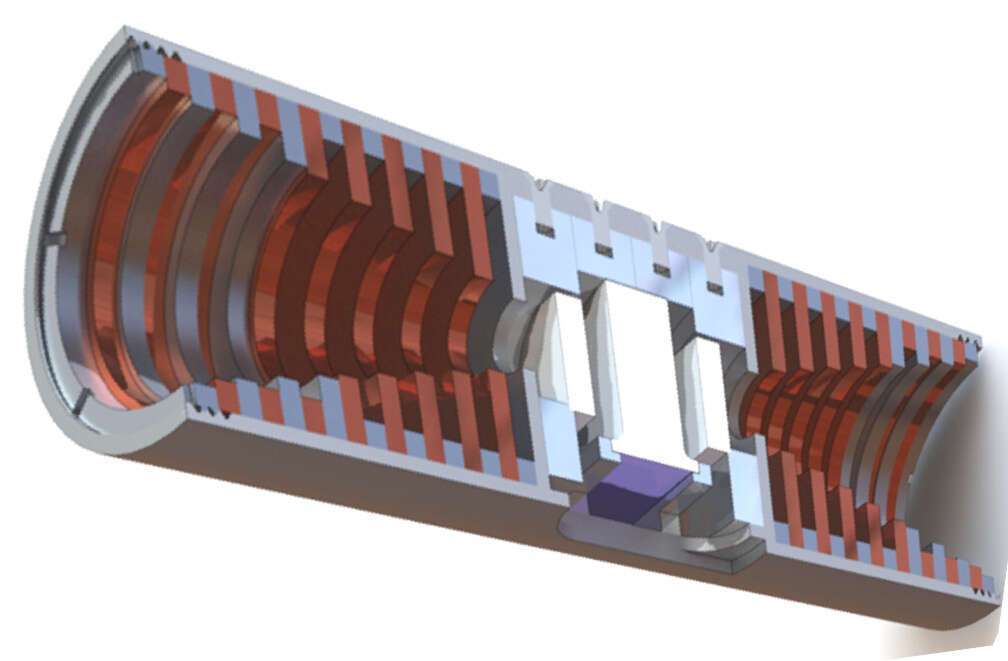
DO MIRA_ep CUBESAT DETECTORS ALLOW TO DISTINGUISH BETWEEN ELECTRON AND PROTON CONTRIBUTION: A GEANT4 MODELING APPROACH
2Space Radio Physics, Institute of Radio Astronomy of National Academy of Sciences of Ukraine, Kharkiv
3Radioengineering Faculty, National Technical University of Ukraine “Igor Sikorsky Kyiv Polytechnic Institute”, Kyiv
4Molecular Materials, Institute for Scintillation Materials of National Academy of Sciences of Ukraine, Kharkiv
The profound influence of geomagnetic activity on the behavior of high energy particles in the Earth’s radiation belts can lead to sharp enhancement of electron fluxes at LEO satellites. As far as particle dynamics in both inner and outer belts is one of a significant component of space weather the understanding of the particle outburst intensity nature is an actual task for nowadays. The FIREBIRD-II mission’ silicon detectors monitor microbursts with an unprecedented temporal resolution of ~18 ms. The latest CubeSats are equipped with particle recorders with a habitual quantity of energy ranges of < 10 (CSSWE, FIREBIRD-II), while solid-state detectors composing these instruments are capable to register spectra of much higher energy resolution.
We present a concept of the instrument with a similar quantity of energy channels but all the detectors in the telescopic system are based on the organic p-terphenyl single crystals. The miniaturized recorder-analyzer MiRA_ep is aimed to study the nature of charged particles microbursts at LEO. The functional diagram, a description of the modules and the technical characteristics of the MiRA_ep instrument are shown. We present the results of the deposited energies simulation caused by electron and proton passage through the p-terphenyl sensors. A conclusion on the effective particle energy ranges and the possibility to distinguish electrons and protons in the proposed instrument is made.

Powered by Eventact EMS